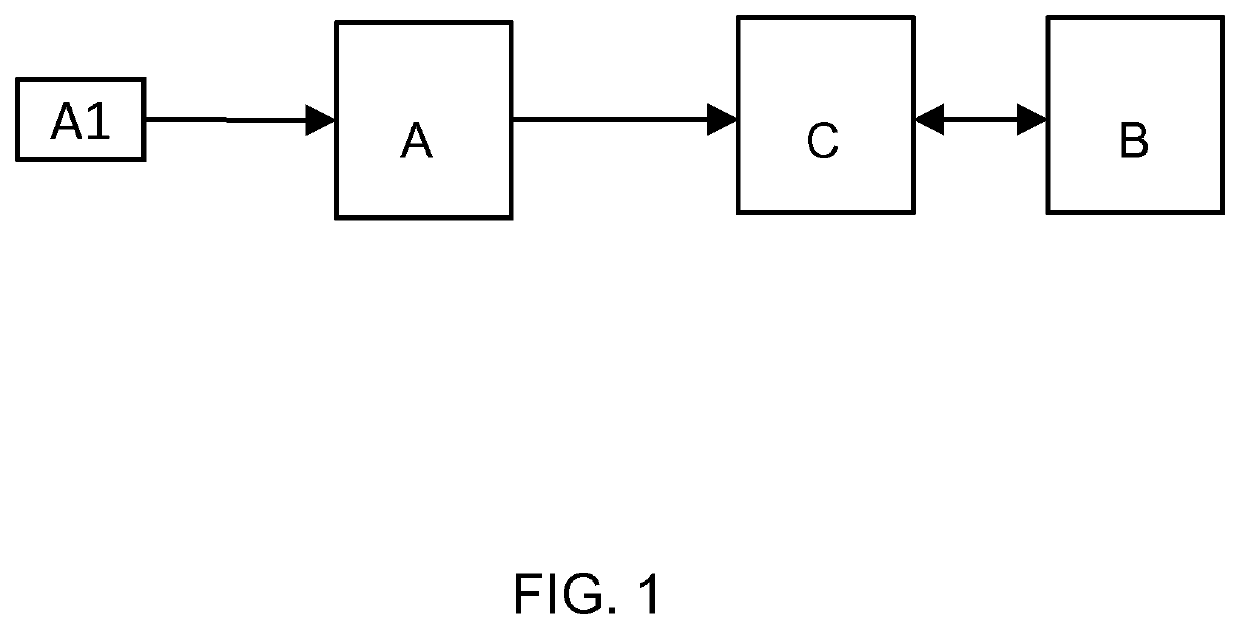Gingivitis diagnostic methods, uses and kits
- Summary
- Abstract
- Description
- Claims
- Application Information
AI Technical Summary
Benefits of technology
Problems solved by technology
Method used
Image
Examples
example
[0166]A clinical study was carried out with 74 subjects, of who 35 were diagnosed with gingivitis and 39 had healthy gums, we obtained Receiver-Operator-Characteristic Area-Under-the Curve values of >0.75 using panels containing between 2 and 4 protein biomarkers, as set out below.
[0167]ROC (Receiver-Operator-Characteristic) Area-Under-the Curve (AUC) values were obtained. Performance of various biomarker combinations were evaluated by means of logistic regression with leave-one-out cross validation (LOOCV), resulting in the preferred biomarker combinations as explained herein.
[0168]In statistics, a receiver operating characteristic curve, or ROC curve, is a graphical plot that illustrates the performance of a binary classifier system as its discrimination threshold is varied. The curve is created by plotting the true positive rate (TPR) against the false positive rate (FPR) at various threshold settings. The true-positive rate is also known as sensitivity, recall or probability of ...
PUM
 Login to View More
Login to View More Abstract
Description
Claims
Application Information
 Login to View More
Login to View More - R&D
- Intellectual Property
- Life Sciences
- Materials
- Tech Scout
- Unparalleled Data Quality
- Higher Quality Content
- 60% Fewer Hallucinations
Browse by: Latest US Patents, China's latest patents, Technical Efficacy Thesaurus, Application Domain, Technology Topic, Popular Technical Reports.
© 2025 PatSnap. All rights reserved.Legal|Privacy policy|Modern Slavery Act Transparency Statement|Sitemap|About US| Contact US: help@patsnap.com

